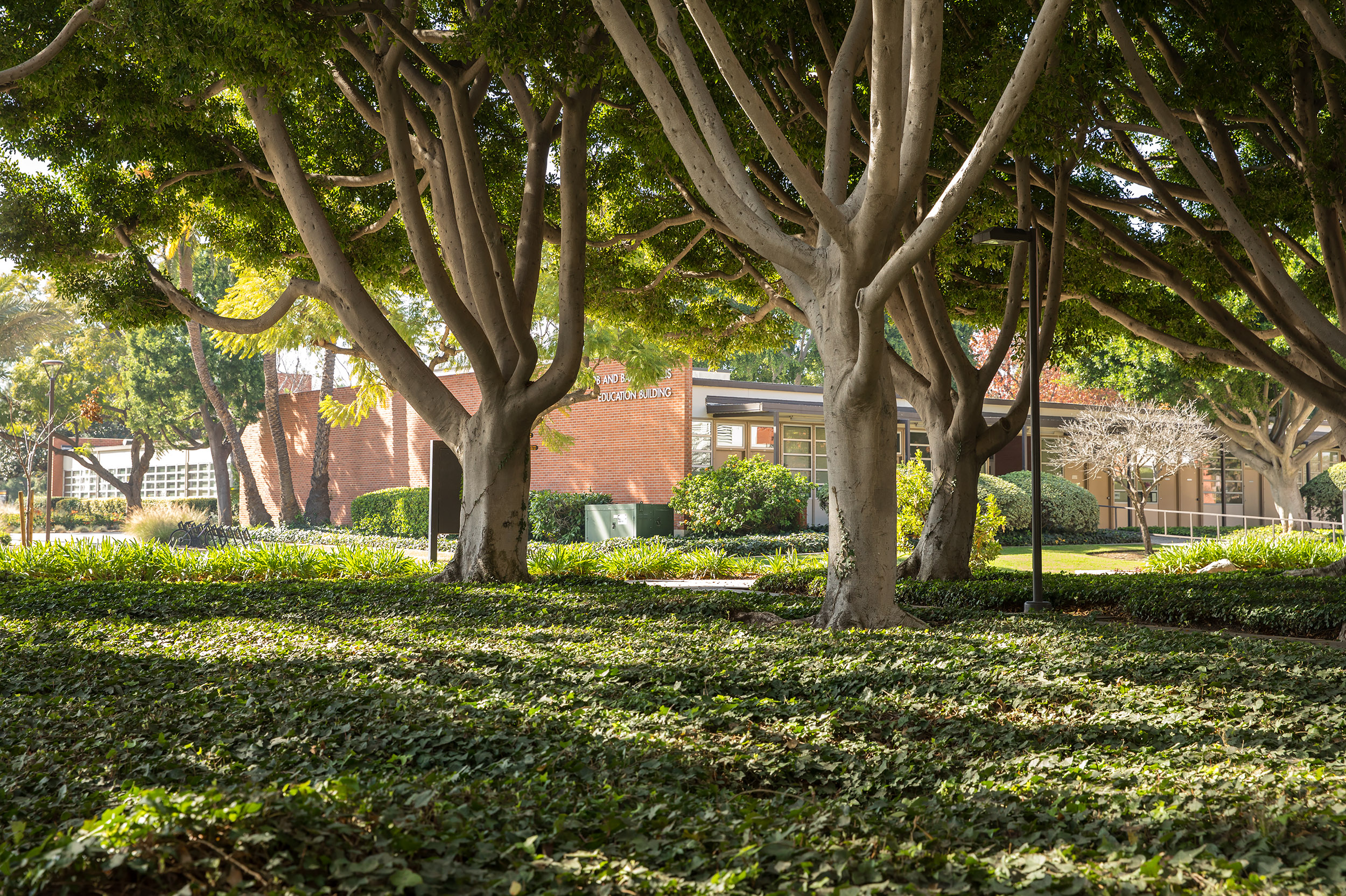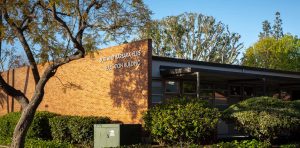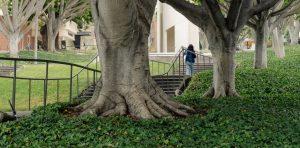
Seeing and Being Seen
COLLEGE OF EDUCATION
Research on California’s current high school teachers of ethnic studies reveals a need for a pedagogical focus and humanistic lens.
Dr. Heather Macías, Assistant Professor in the Teacher Education Department in the College of Education at California State University, Long Beach, remembers how an elective college course in ethnic studies changed her perspective. “When I did take that ethnic studies course, it was like a split in me. Half of me was so excited and thrilled to learn that brown people did some really cool stuff, and the other half of me was really pissed that it took me 19 years and a pure whim to figure that out,” she says. Recognizing that all students could benefit from exposure to ethnic studies the way Dr. Macias did, and recognizing that they should get that exposure as early as possible, the state of California recently created a requirement for high school students to pass a semester of ethnic studies to graduate, starting with the class of 2030. The problem, though, is that California does not have enough ethnic studies teachers. For now, social studies and English teachers qualify to teach the course, but these teachers have not received any training in ethnic studies, either in terms of content or pedagogy.
Dr. Macías knows first-hand how important it is to teach ethnic studies correctly. “It’s a sensitive and vulnerable topic, “she says, adding that “if it’s taught from the wrong—or racist—angle, the teachers could do further harm to students of color or marginalized students.” So in 2020, she began collecting the perspectives of current teachers of ethnic studies in secondary education to help develop recommendations for how to prepare future ethnic studies teachers. She spoke with 15 ethnic studies teachers from all areas of California to understand their concerns.
Many of the teachers Dr. Macías spoke with are the activists who are responsible for the state’s new recognition of the value of ethnic studies. But some of these teachers lack the credential requirement under the current guidelines and could lose the ability to teach the subject. School districts could turn to for-profit companies that want to sell them a standardized curriculum instead of depending on the people who have already taught the subject and know the communities they serve. The teachers are concerned because ethnic studies courses need to account for the local community and its knowledge, cultural wealth, and skills. “It inherently needs to be tailored very much to where your students in that classroom at that moment are from—their lived experiences—and can’t be standardized,” says Dr. Macías.
These teachers also said that they have no curriculum to draw from and often have to take college-level content down to the high-school level on their own, but they all emphasized that using the right pedagogy is even more important than the content. “You can teach the content in a harmful way, or you can stay one day ahead of your students in terms of content but teach in a way that is humanistic and conscientious and develops students’ sociopolitical consciousness,” says Dr. Macías. But the teachers’ concerns went beyond just what they can control in their own classrooms. They are disheartened by the disempowerment and harm enacted on marginalized students by the school system and by larger societal inequities, and they try to make their classrooms safe spaces that create communities. “One teacher said he saw his classroom as a fugitive space because his classroom focused on healing, safety, and care, which is what, unfortunately, students are traditionally not necessarily getting throughout the entire school day,” says Dr. Macías.
While the final requirements for teaching ethnic studies in high school are yet to be determined, Dr. Macías has already used her findings from her research to create a course on the pedagogy of ethnic studies in the College of Education’s single-subject program. It is open to all current single-subject students as well as working teachers. She has taught two semesters of the course so far, and even science and math teachers are signing up. “You can use an ethnic studies pedagogical lens even if you’re not teaching ethnic studies because it’s not about the content, it’s about how you’re teaching the content, what you’re opening your students’ eyes to, how you’re getting them to develop that sociopolitical lens or that criticality. It’s a way to empower students,” she says.
Dr. Macías’ work in creating culturally responsive pedagogies has come to the fore in two recent research projects. The first is a National Science Foundation (NSF) Collaborative Research grant of $69,000. Dr. Macías’ grant is a part of an NSF Improving Undergraduate STEM Education (IUSE) grant called Broadening Inclusive Participation in Artificial Intelligence Undergraduate Education for Social Good Using a Situated Learning Approach. The project integrates computer science and artificial intelligence (AI) into other types of courses and asks students to develop AI projects that draw upon their cultural wealth to benefit their local communities. As a collaborator on the project, Dr. Macías developed a culturally responsive pedagogical module to help instructors teach about community capital and define culture.
The second project is an NSF Scholarships in STEM (S-STEM) grant titled Creating Pathways to Computing Careers Through Experiential and Engaged Learning. This $2.5 million scholarship program aims to create more inclusive and sustainable pathways to computational sciences careers for underserved university students in Southern California’s Inland Empire. Participants in the program benefit from the scholarship as well as a faculty mentor, opportunities to network, and access to internships in the industry. Because of Dr. Macías’ involvement, the students are also able to understand the value of their own cultural capital as they enter the workforce.
Dr. Macías earned her masters credential program in education because she knew what she would have changed about her own experiences in school and wanted to make sure that students get to hear narratives about people who are like them. “School is designed for students who can sit, obey, and regurgitate, and that didn’t come easy to me,” she says. So, as a high school English teacher in the San Fernando Valley, she made sure her own classroom was a haven for students who did not learn traditionally. She also brought in supplemental texts that represented the students in her class so their perspective could be informed by characters like them.
Eventually, however, she wanted to make a difference in more lives and decided to earn her Ph.D. and help to develop the next generation of teachers. She chose to join the faculty at CSULB because she felt that she would always be challenged and pushed. Now, she’s leading the charge in developing what she calls “a humanistic pedagogy that helps students to feel seen and cared for in a community that cares for them—in a culture of care that gives back and reciprocates.”